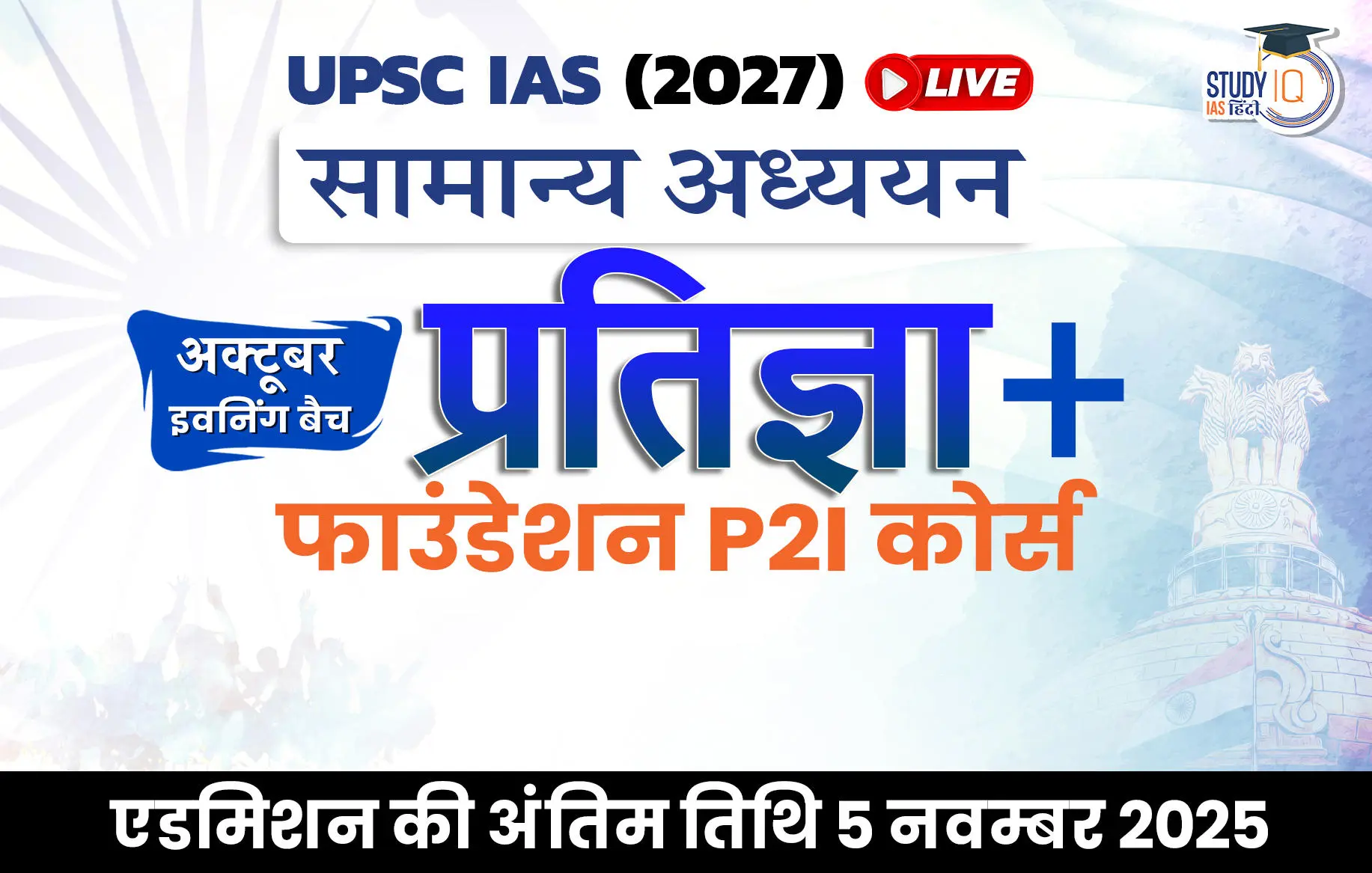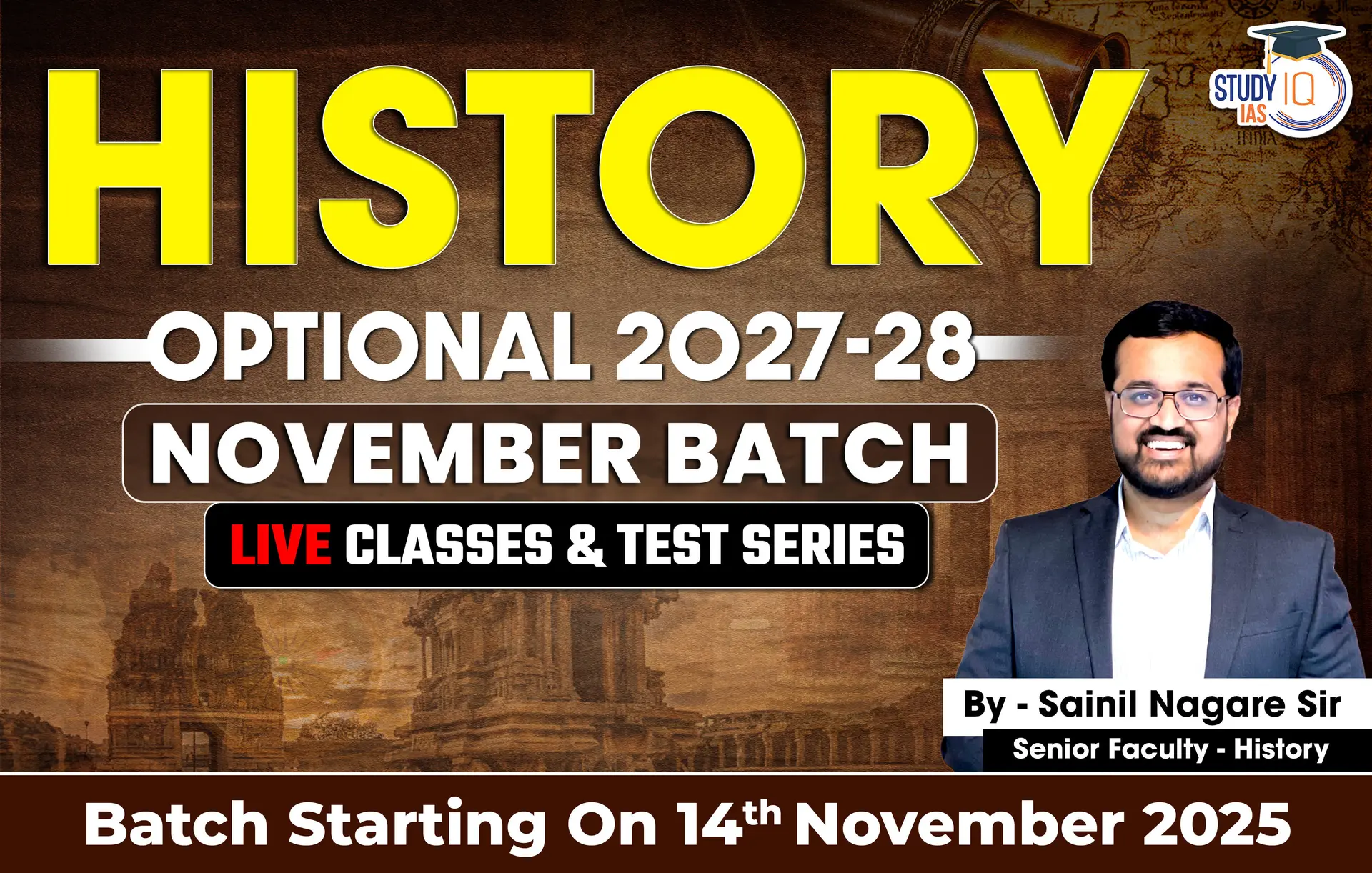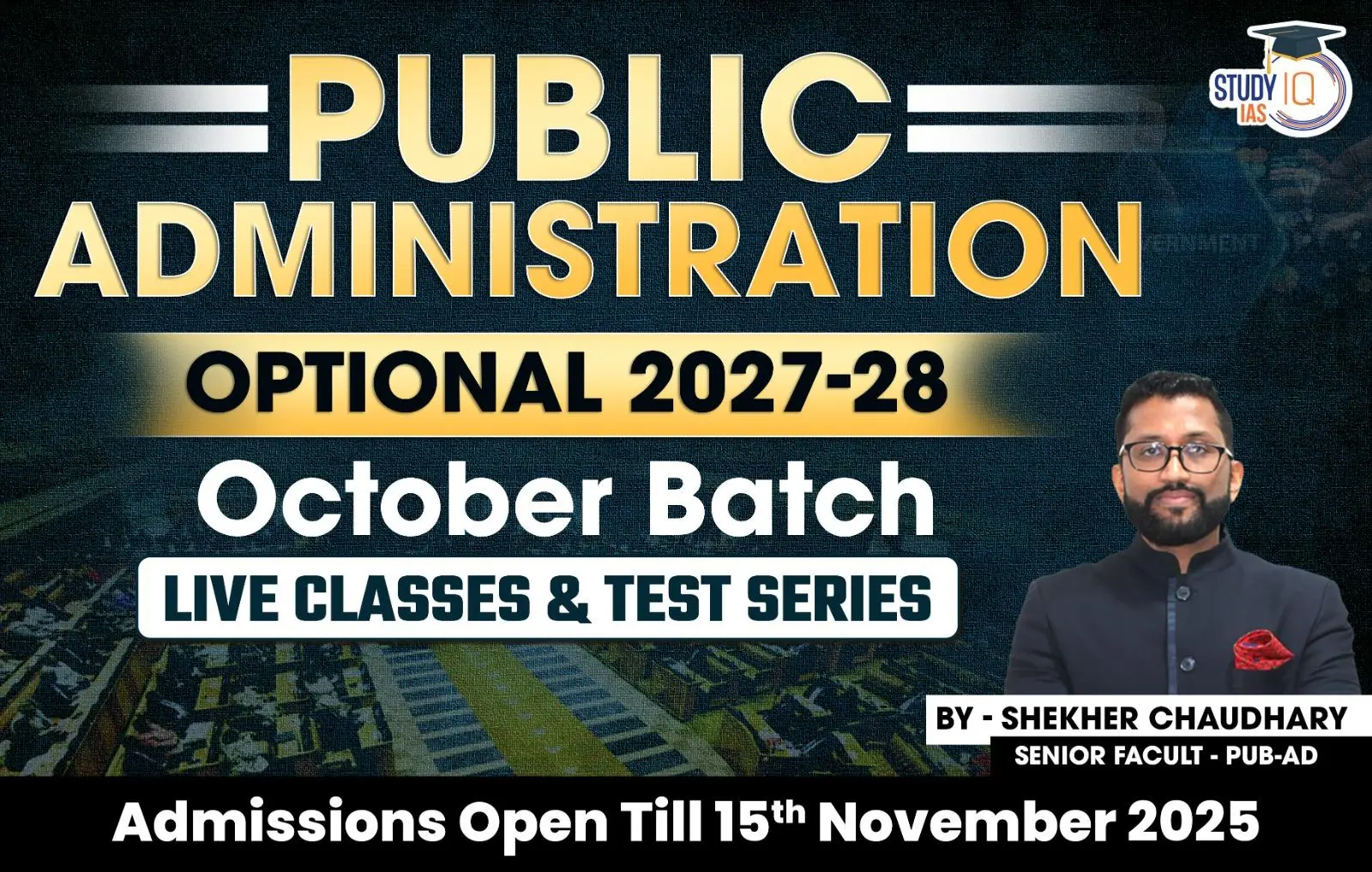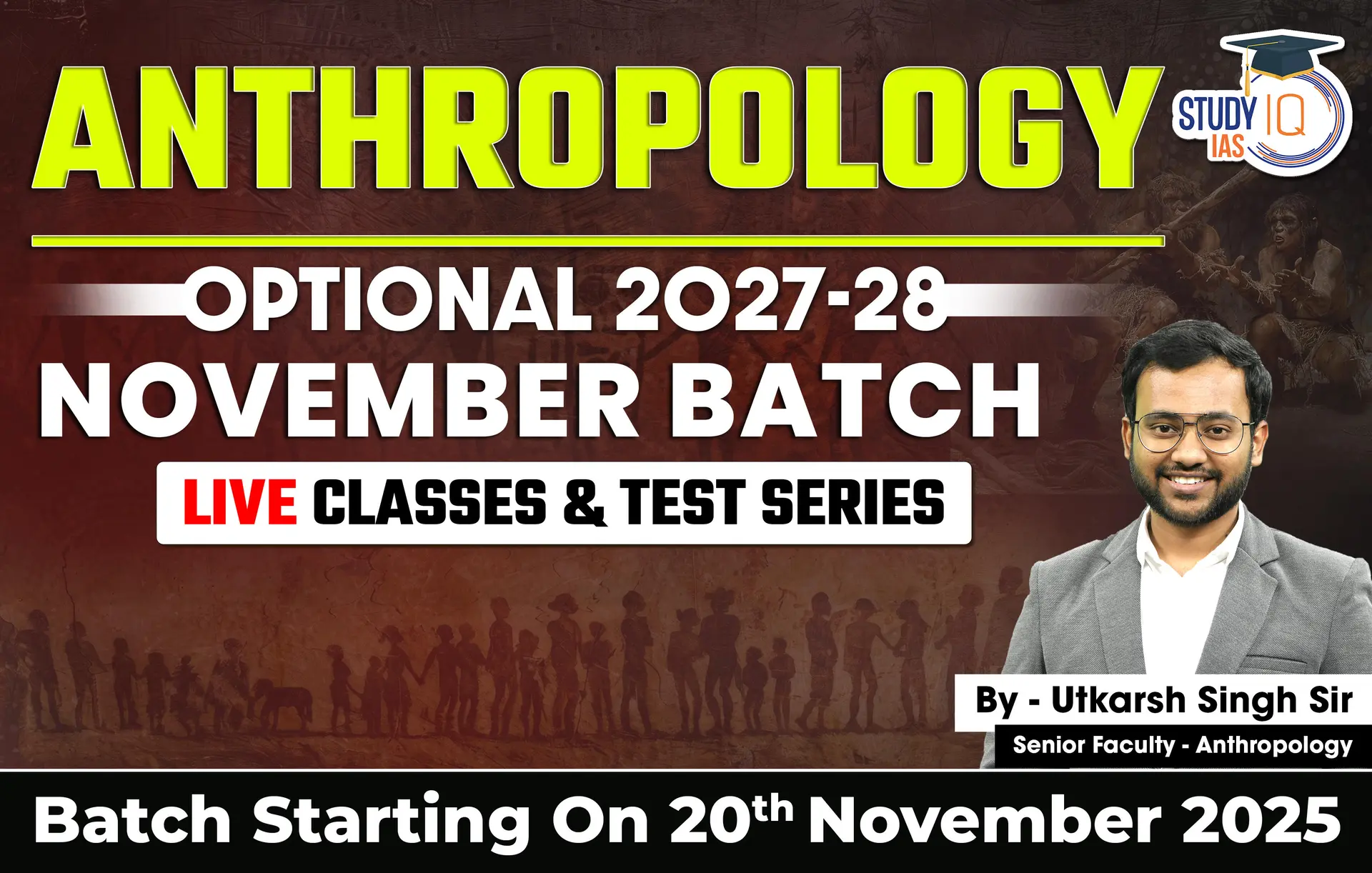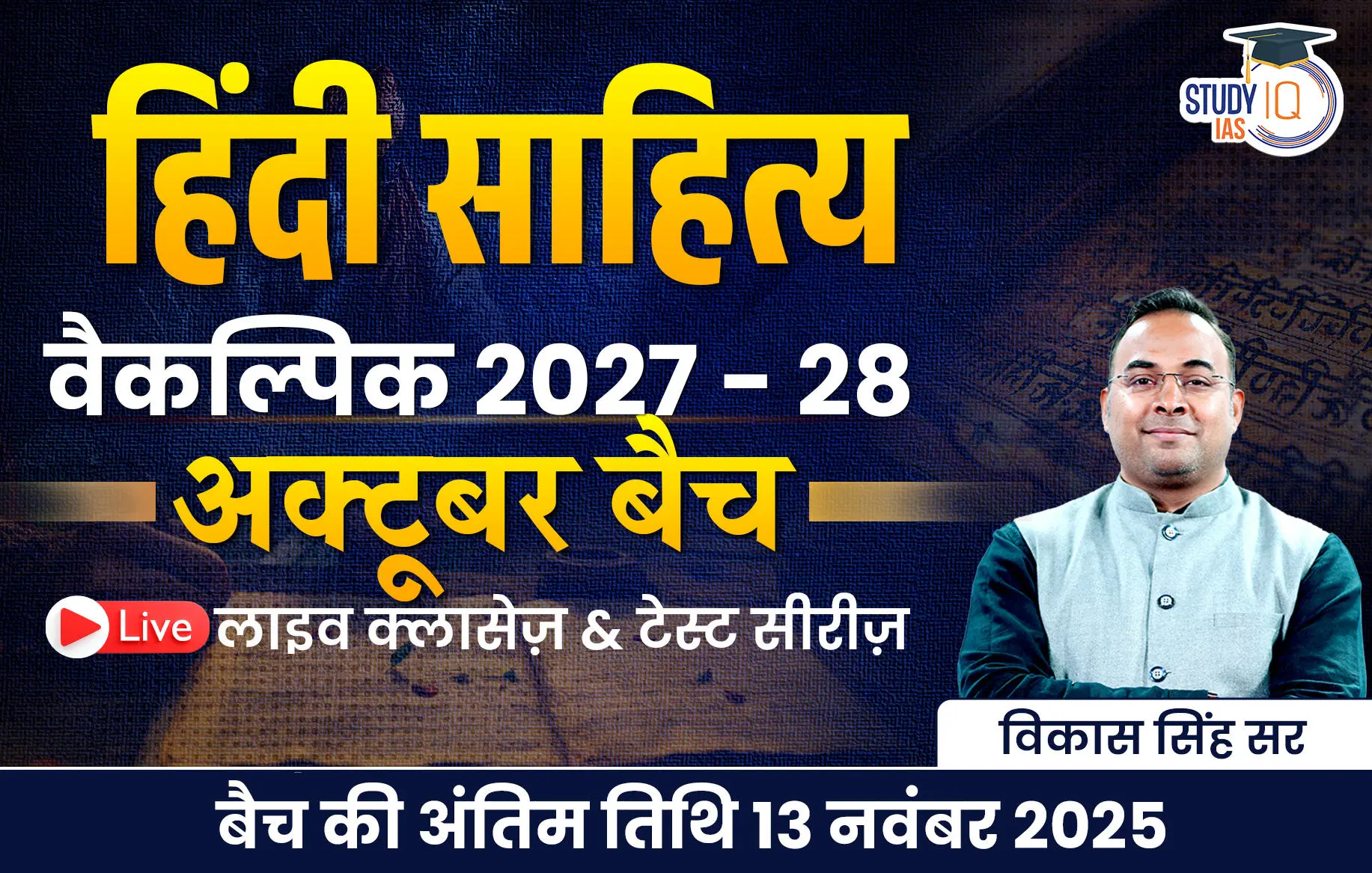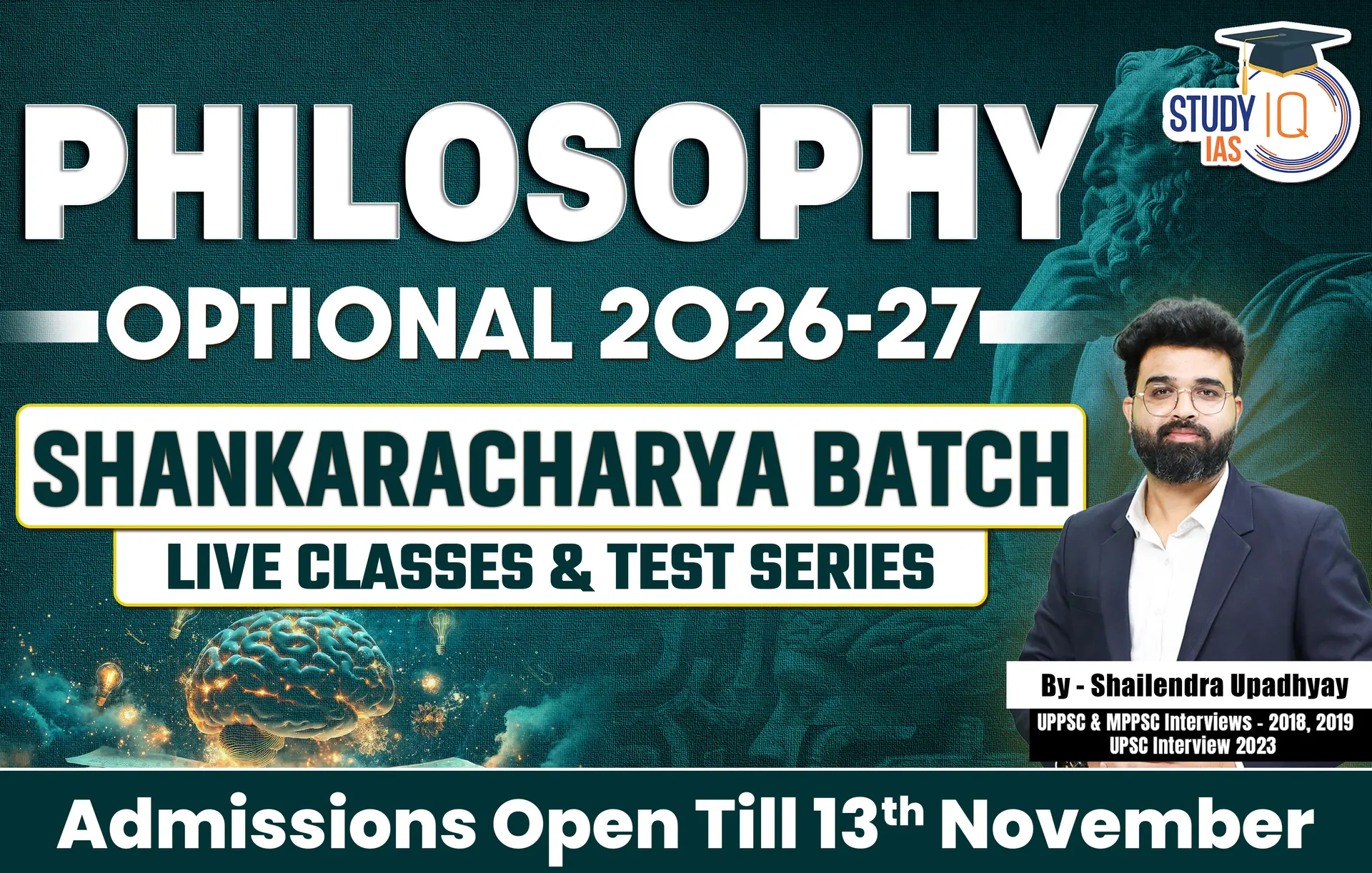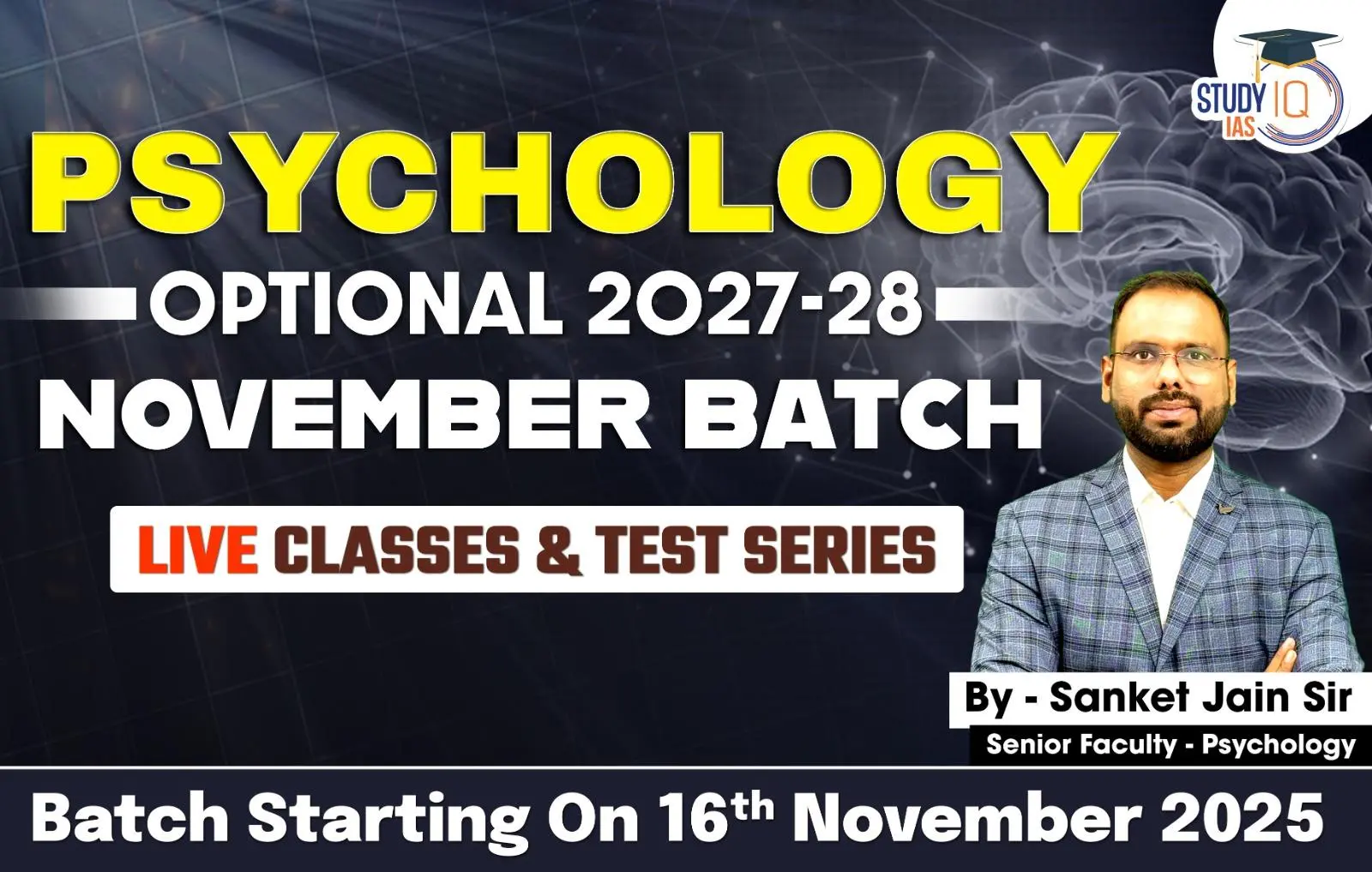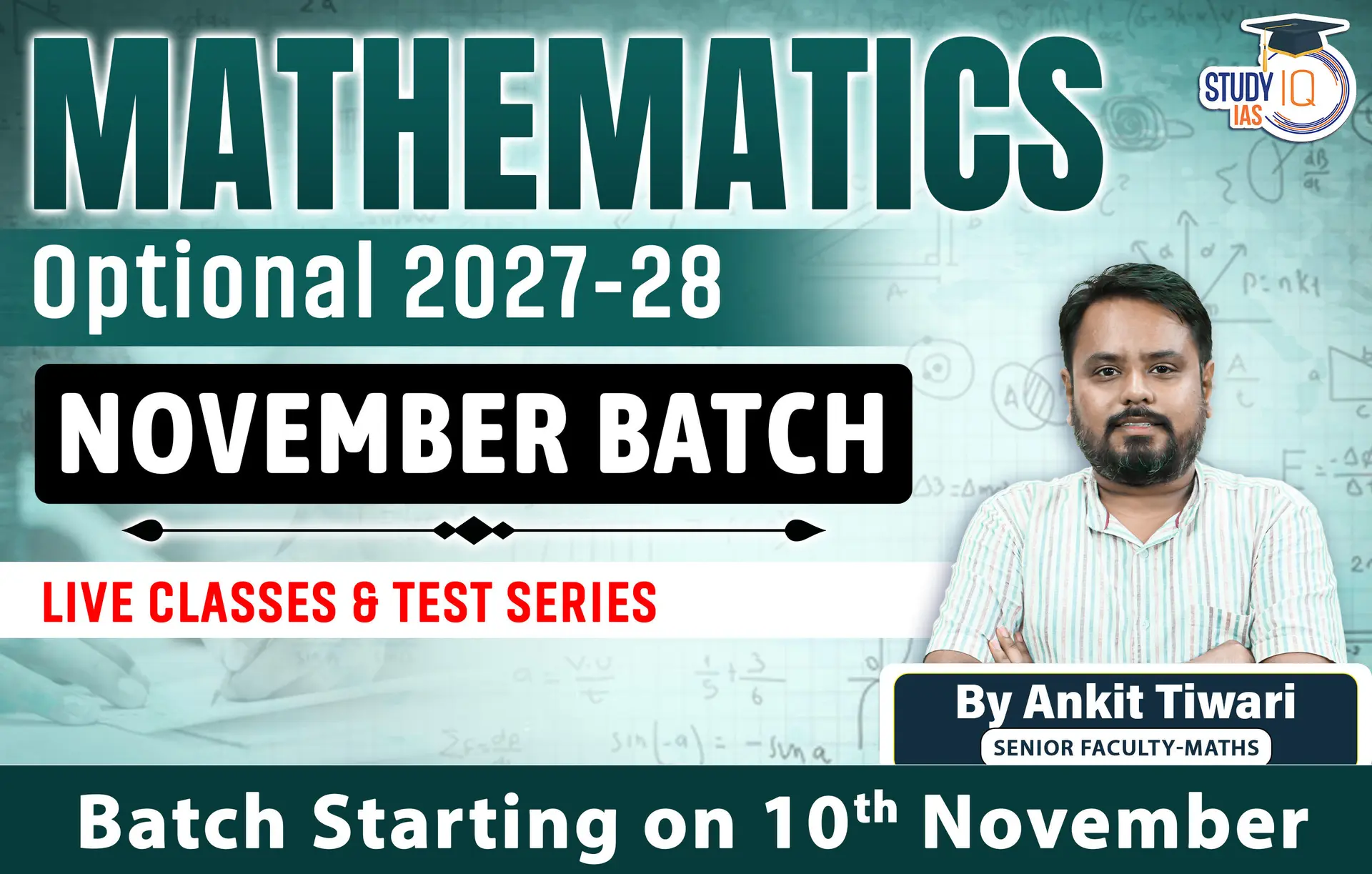Daily Quiz 17 June 2025
Quiz-summary
0 of 5 questions completed
Questions:
- 1
- 2
- 3
- 4
- 5
Information
- Click on – ‘Start Quiz’ button
- Solve Questions
- Click on ‘Next’ button
- Click on ‘Finish Quiz’ button
- Now click on ‘View Questions’ button – here you will see solutions and links.
- The test contains a total of 5 questions.
- Click on the most appropriate option to mark it as your answer.
- You will be awarded Two marks for each correct answer.
- You can change your answer by clicking on some other option.
- A Number list of all questions appears at the top side of the screen.
- You can access the questions in any order by clicking on the question number given on the number list.
- You can use rough sheets while taking the test.
- Do not use calculators, log tables, dictionaries, or any other printed/online reference material during the test.
- Do not click the button “Finish Quiz” before completing the test. A test once submitted cannot be resumed.
You have already completed the quiz before. Hence you can not start it again.
Quiz is loading...
You must sign in or sign up to start the quiz.
You have to finish following quiz, to start this quiz:
- 1
- 2
- 3
- 4
- 5
- Answered
- Review
-
Question 1 of 5
1. Question
1 pointsWith reference to Sant Kabir Das, consider the following statements:
1. He promoted Nirguna Bhakti and rejected idol worship.
2. He emphasized social equality and condemned caste-based discrimination.
3. His writings are entirely preserved in the Rigveda.
4. His verses were later included in the Guru Granth Sahib.
How many of the statements given above are correct?Correct
Answer: C
Statement 1 is Correct. Sant Kabir was a proponent of Nirguna Bhakti—the worship of a formless,
omnipresent God. He rejected idol worship, temple rituals, and orthodoxy.
Statement 2 is Correct. He vocally opposed casteism, promoted equality, and believed that God
resides in every being, making all humans equal. His teachings had deep social reform
implications.
Statement 3 is Incorrect. Kabir's verses are preserved in works like the Bijak, Kabir Granthavali,
and Guru Granth Sahib. They are not part of the Rigveda, which is a Vedic Sanskrit text of ancient
origin.
Statement 4 is Correct. Many of Kabir’s dohaas (couplets) and bhajans were incorporated in the
Guru Granth Sahib, showing his deep influence on the Bhakti and Sikh traditions.Incorrect
Answer: C
Statement 1 is Correct. Sant Kabir was a proponent of Nirguna Bhakti—the worship of a formless,
omnipresent God. He rejected idol worship, temple rituals, and orthodoxy.
Statement 2 is Correct. He vocally opposed casteism, promoted equality, and believed that God
resides in every being, making all humans equal. His teachings had deep social reform
implications.
Statement 3 is Incorrect. Kabir's verses are preserved in works like the Bijak, Kabir Granthavali,
and Guru Granth Sahib. They are not part of the Rigveda, which is a Vedic Sanskrit text of ancient
origin.
Statement 4 is Correct. Many of Kabir’s dohaas (couplets) and bhajans were incorporated in the
Guru Granth Sahib, showing his deep influence on the Bhakti and Sikh traditions. -
Question 2 of 5
2. Question
1 pointsWith reference to Birsa Munda and the tribal uprisings in colonial India, consider the
following statements:
1. Birsa Munda led the Santhal Rebellion against British colonial policies.
2. The primary cause of the Munda Ulgulan was the replacement of the traditional Khuntkatti
land system by the Zamindari system.
3. Birsa Munda founded a new faith called Birsait, promoting indigenous traditions.
How many of the statements given above are correct?Correct
Answer: B
Explanation:
● Statement 1 – Incorrect:Birsa Munda did not lead the Santhal Rebellion. The Santhal Rebellion (1855–56) was led by
Sidhu and Kanhu Murmu, while Birsa Munda led the Munda Rebellion (also called
Ulgulan) in 1899–1900.
● Statement 2 – Correct:
The British zamindari system disrupted the Khuntkatti land system, under which tribal
communities traditionally held land collectively. This led to tribal exploitation, dispossession,
and was a core reason for the rebellion.
● Statement 3 – Correct:
Birsa Munda founded a socio-religious reform movement called Birsait. He promoted the
return to tribal customs and rejected British-imposed Christianity and feudal structures.Incorrect
Answer: B
Explanation:
● Statement 1 – Incorrect:Birsa Munda did not lead the Santhal Rebellion. The Santhal Rebellion (1855–56) was led by
Sidhu and Kanhu Murmu, while Birsa Munda led the Munda Rebellion (also called
Ulgulan) in 1899–1900.
● Statement 2 – Correct:
The British zamindari system disrupted the Khuntkatti land system, under which tribal
communities traditionally held land collectively. This led to tribal exploitation, dispossession,
and was a core reason for the rebellion.
● Statement 3 – Correct:
Birsa Munda founded a socio-religious reform movement called Birsait. He promoted the
return to tribal customs and rejected British-imposed Christianity and feudal structures. -
Question 3 of 5
3. Question
1 pointsConsider the following statements regarding Asafoetida (Heeng):
1. It is a tropical plant native to southern India.
2. India has been traditionally cultivating asafoetida in Himachal Pradesh and Uttarakhand for
centuries.
3. Asafoetida is obtained from the oleo-gum resin of the plant’s taproot.
Which of the statements given above is/are correct?Correct
Answer: B
Explanation:
● Statement 1 – Incorrect:
Asafoetida (Ferula assa-foetida) is not native to India. It is native to cold arid regions such
as Iran, Afghanistan, and Central Asia, not tropical India.
● Statement 2 – Incorrect:
India has not traditionally cultivated heeng. It has been 100% import-dependent.
Domestication has recently started in places like Palampur, Himachal Pradesh.
● Statement 3 – Correct:
The oleo-gum resin used as heeng is extracted from the taproot of the plant, which takes
about 5 years to mature.Incorrect
Answer: B
Explanation:
● Statement 1 – Incorrect:
Asafoetida (Ferula assa-foetida) is not native to India. It is native to cold arid regions such
as Iran, Afghanistan, and Central Asia, not tropical India.
● Statement 2 – Incorrect:
India has not traditionally cultivated heeng. It has been 100% import-dependent.
Domestication has recently started in places like Palampur, Himachal Pradesh.
● Statement 3 – Correct:
The oleo-gum resin used as heeng is extracted from the taproot of the plant, which takes
about 5 years to mature. -
Question 4 of 5
4. Question
1 pointsWith reference to NATO (North Atlantic Treaty Organization), consider the following
statements:
1. Article 5 of the NATO Charter mandates automatic military action by all members in case
one member is attacked.
2. Finland became the latest member of NATO in 2023.
3. India is a founding member of NATO.
How many of the statements given above are correct?Correct
Answer: A
Explanation:
● Statement 1 – Incorrect:
Article 5 ensures collective defence, but it does not mandate automatic military action.
Each country determines its response individually.
● Statement 2 – Correct:
Finland officially joined NATO in 2023, amid growing tensions with Russia post the
Ukraine conflict.
● Statement 3 – Incorrect:
India is not a member of NATO. It maintains strategic dialogues but is not part of the
alliance.Incorrect
Answer: A
Explanation:
● Statement 1 – Incorrect:
Article 5 ensures collective defence, but it does not mandate automatic military action.
Each country determines its response individually.
● Statement 2 – Correct:
Finland officially joined NATO in 2023, amid growing tensions with Russia post the
Ukraine conflict.
● Statement 3 – Incorrect:
India is not a member of NATO. It maintains strategic dialogues but is not part of the
alliance. -
Question 5 of 5
5. Question
1 pointsConsider the following statements about Permanent Magnets and Rare Earth Elements:
1. Rare earth permanent magnets like Neodymium-Iron-Boron are critical for renewable energy
and EV technologies.
2. India is self-sufficient in rare earth element production and magnet manufacturing.
3. Rare earth magnets are used in advanced weaponry like hypersonic and directed energy
systems.
Which of the statements given above is/are correct?Correct
Answer: B. 1 and 3 only
Explanation:
● Statement 1 – Correct:
Neodymium-Iron-Boron (NdFeB) magnets are used in electric vehicles, wind turbines, and
energy-efficient motors.
● Statement 2 – Incorrect:
India is not self-sufficient. It imports rare earth magnets, largely from China, and faces
significant supply chain vulnerabilities.
● Statement 3 – Correct:
Rare earth magnets are essential in advanced military applications, including hypersonic
weapons and directed energy systems.Incorrect
Answer: B. 1 and 3 only
Explanation:
● Statement 1 – Correct:
Neodymium-Iron-Boron (NdFeB) magnets are used in electric vehicles, wind turbines, and
energy-efficient motors.
● Statement 2 – Incorrect:
India is not self-sufficient. It imports rare earth magnets, largely from China, and faces
significant supply chain vulnerabilities.
● Statement 3 – Correct:
Rare earth magnets are essential in advanced military applications, including hypersonic
weapons and directed energy systems.
Results
0 of 5 questions answered correctly
Your time:
Time has elapsed
You have reached 0 of 0 points, (0)
| Average score |
|
| Your score |
|
Categories
- Not categorized 0%
| Pos. | Name | Entered on | Points | Result |
|---|---|---|---|---|
| Table is loading | ||||
| No data available | ||||
Sharing is caring!

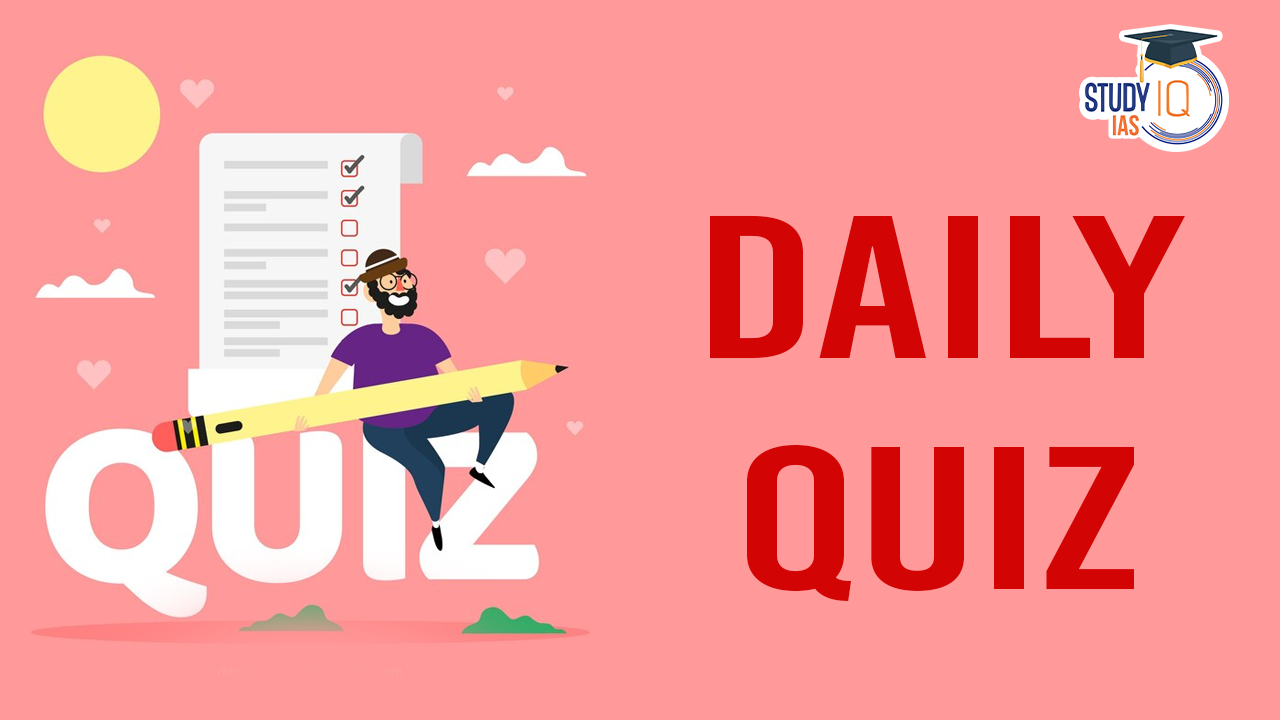
 Daily Quiz 18 September 2025
Daily Quiz 18 September 2025

